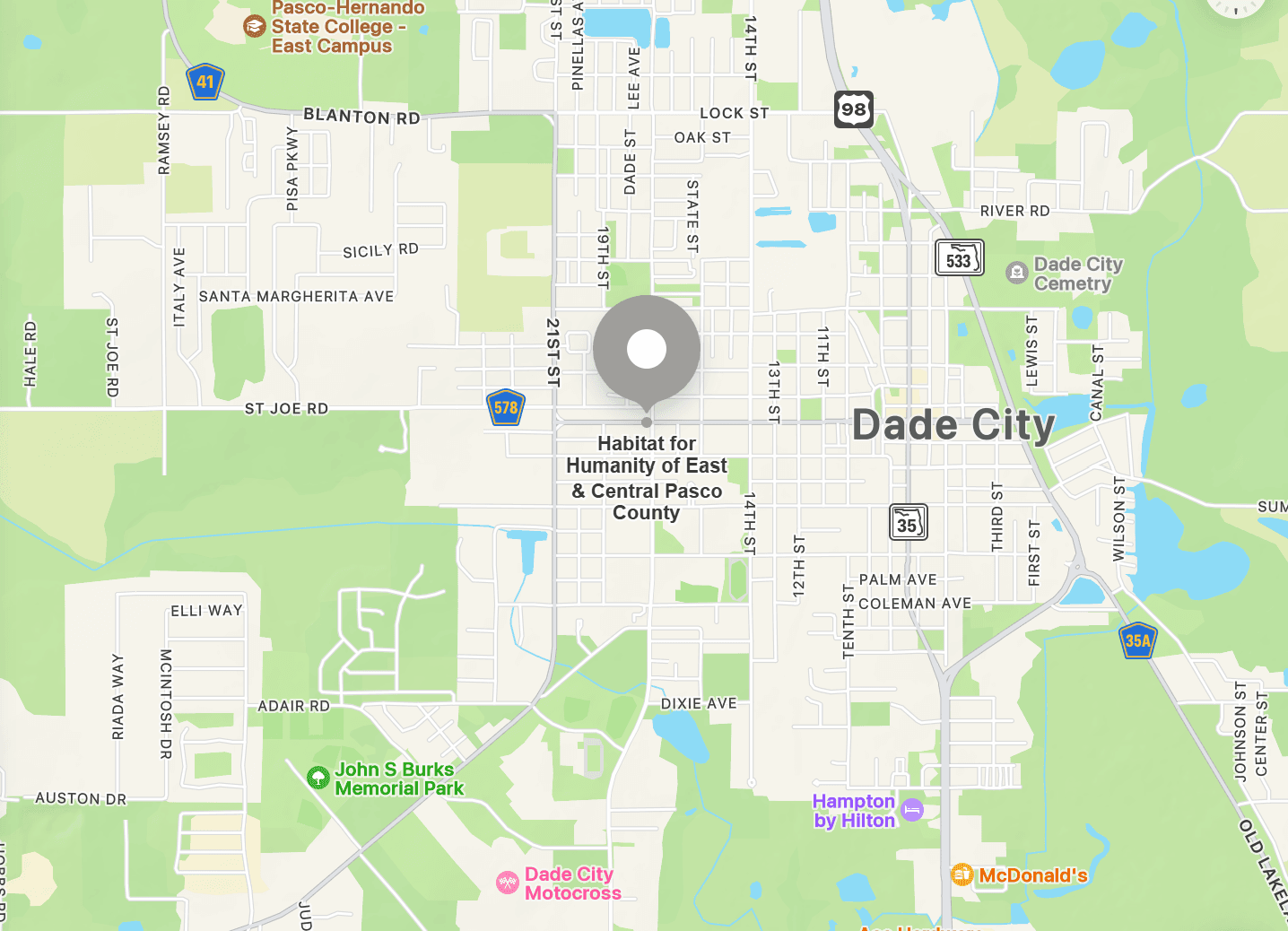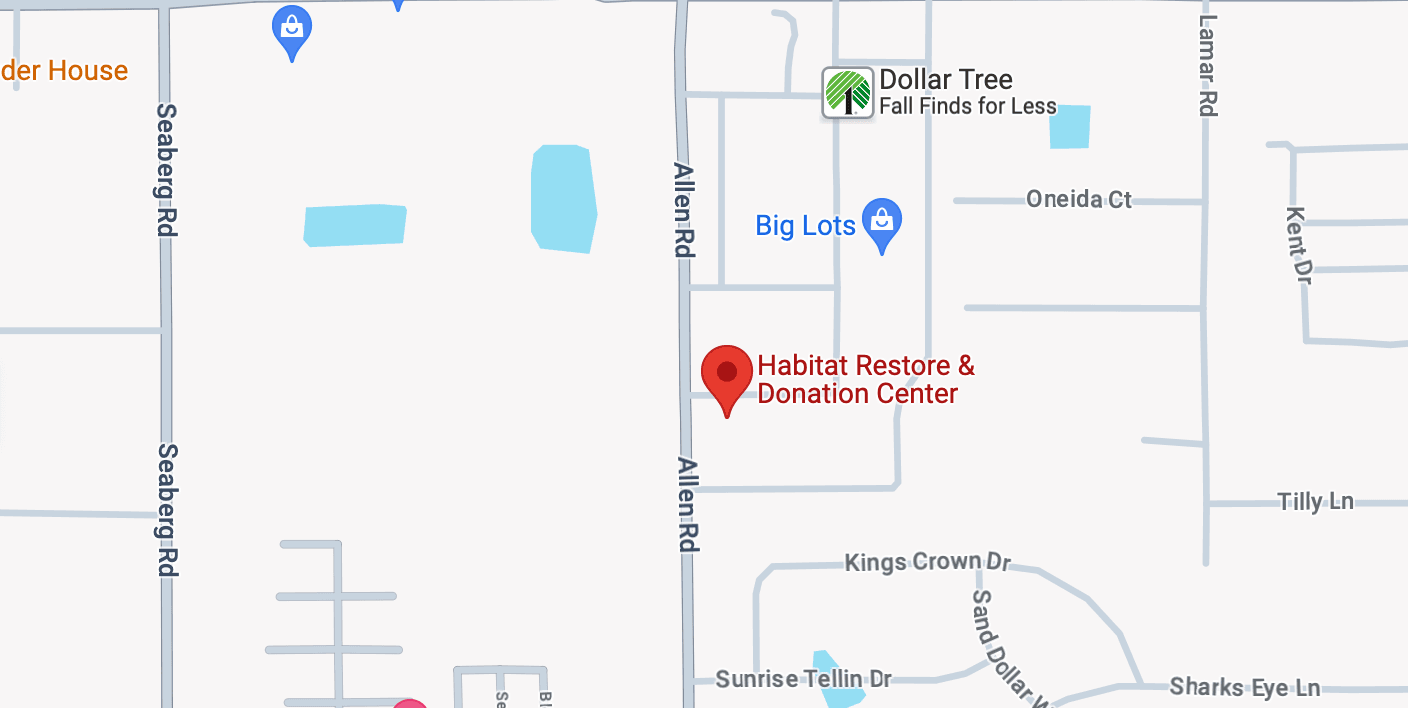Frequently asked questions
What is a Board of Directors?
A board of directors is the governing body ultimately responsible for a nonprofit and has specific legal and ethical responsibilities to the organization. Learn more about the importance of a board of directors. Boards are comprised of different positions: board members, who may be called directors, committee chairs, and officers. Filling all roles and distributing responsibilities among board members can ensure proper oversight and advance the organization’s work. By understanding how each board member fits into the picture and enhances the organization, board members can empower each other and better support the organization as a united group.
Understanding how Nonprofit Board Members Fulfill their Roles and Responsibilities
One fundamental challenge that many nonprofit organizations struggle with is understanding how to fulfill board member roles and responsibilities. It’s important to engage individual board members and all board committees to help advance the organization’s mission and collective purpose.
According to Leading with Intent, boards are doing well with the more fundamental board responsibilities — understanding the organization’s purpose and mission and providing financial oversight. Conversely, they struggle with external responsibilities, including fundraising, advocacy, community-building, and outreach. Enhanced awareness of what is, and is not, a part of the board’s essential responsibilities helps boards operate at their fullest potential.
Board of Directors Responsibilities
The Ten Basic Responsibilities of Nonprofit Boards outline the key roles and responsibilities of a nonprofit board, grouped into three main areas: providing oversight, securing resources, and setting strategy. Governance as Leadership built upon those ideas and introduced the fiduciary, strategic, and generative modes of governance through which the board can consider decisions and deliberate options. Purpose-Driven Board Leadership (PDBL) completed the work with a wrap-around framework for exceptional, authorized, and equitable board governance. PDBL addresses how the board conducts its work; constructs, recruits, and engages its members and embraces and serves its community. The application of PDBL better positions and equips governing boards to center and advance equity and justice.
Boards represent the public to govern organizations for the betterment of the communities they serve. Who is on the board can drastically change how the board operates and what role it plays.
Board Officer Positions
To support order and process, most bylaws include the following board officer positions, regardless of board size or type:
Board Chair - Responsible for leading the board, serving as the day-to-day supervisor and partner of the chief executive, and facilitating board meetings.
Vice Chair - Fills in for the chair when necessary and may also be assigned particular work. This position provides expected succession for the chair.
Board Secretary - Responsible for keeping or overseeing the keeping of board meeting minutes and the board’s records.
Board Treasurer - Oversees all matters related to the organization’s finances and budget, and usually serves as the chair of the finance committee.
As in any role, it is important for all boards to ensure that every board member fully understands what’s expected and needed of them, and then for the board to hold each member and itself accountable.
Additional Resources on Board Member Roles and Responsibilities
BoardSource formalized the core roles and responsibilities of board members and boards in the book widely recognized as the definitive word on the role of a nonprofit board, Ten Basic Responsibilities of Nonprofit Boards, and developed a board self-assessment tool to help boards evaluate their performance in each of these areas.
Purchase Putting Purpose First and the Ten Basic Responsibilities of Nonprofit Boards to learn more.
Check out other BoardSource guides, tools, and templates. BoardSource has been fielding governance-related questions posed by nonprofit leaders for over 30 years.




